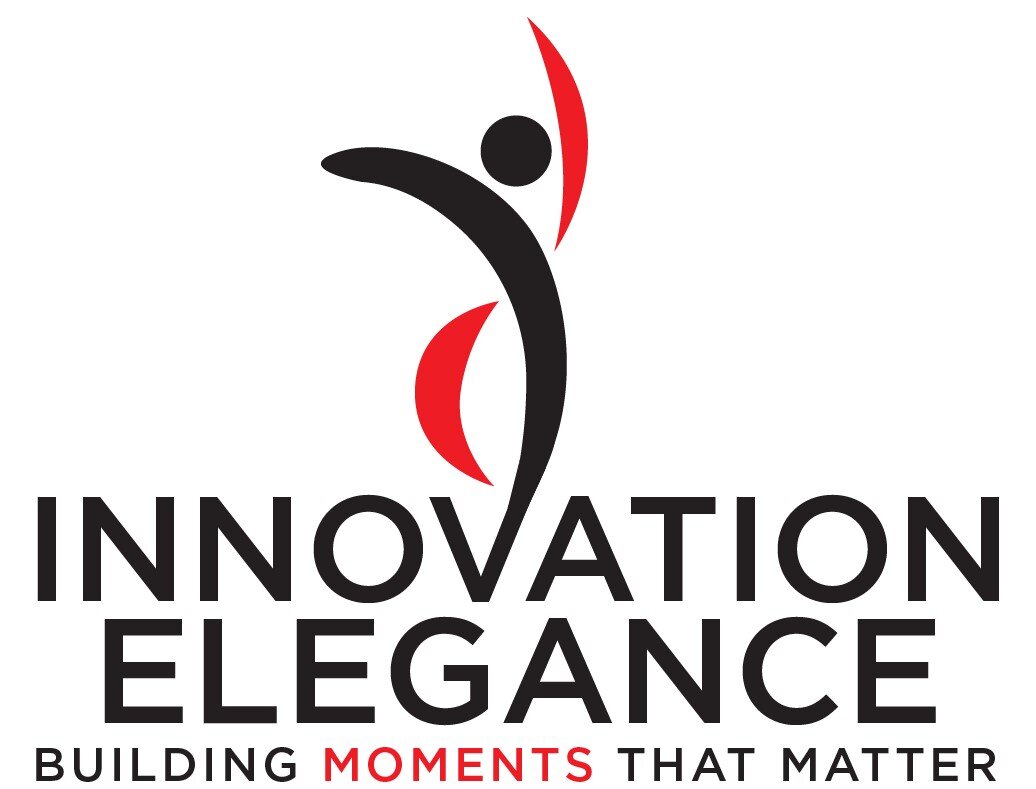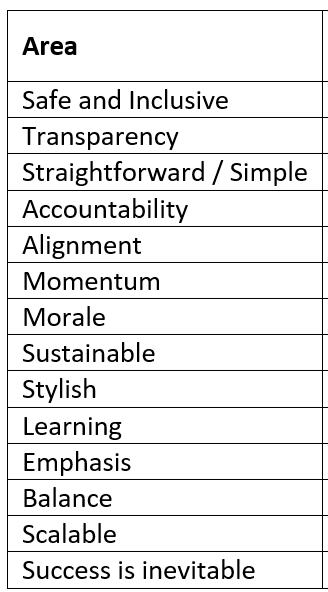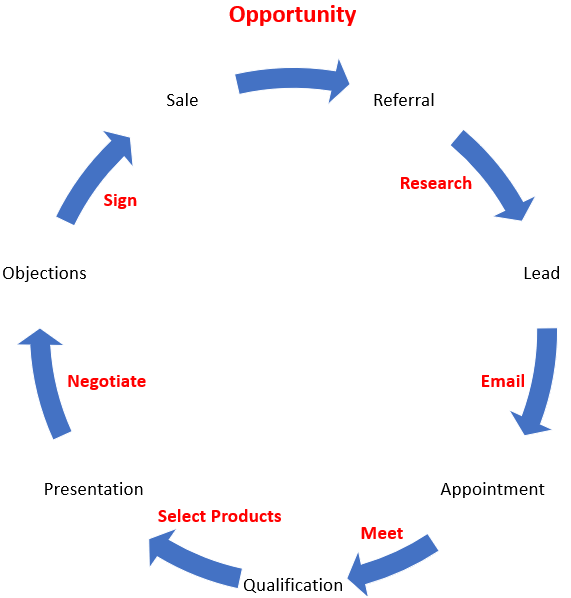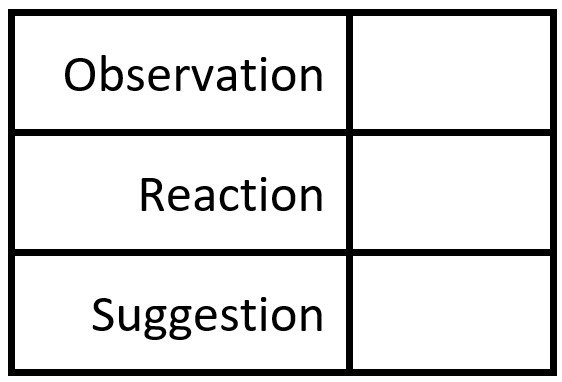Innovation Blog
The Why of an Innovation Factory
The What of your Asset Portfolio
The How In the Empathetic Arts
Lessons Learned
A culture of reflection, honesty, and humility leads to healthy organizational improvements. Asking the two questions, “What did we do well?” and “What could we improve?” is lazy. These breed mediocrity and fail to bring out people’s best ideas. There is a pattern in the problems. Micro-mentor yourself monthly using constructive language. Make your success inevitable.
Use Case Inventory
Details of your Current State that help you determine the most compelling innovations to pursue.
Customer Experience Hierarchy
High-level and detailed names of how your customer experiences your products and services, in their language and through their lens.
Current State Process Flows
Visual representation of the current customer journey or employee experience - sequence of actions, primary path, and peripheral paths.
Current State Scripts
A simple two-column script is great for transparency of current state activity. A script makes drafting a process flow very easy!
System Actor Inventory
Whether you build, buy, or rent, your technology - your systems - are instrumental to innovation decisions. Have your inventory ready for those decisions!
Current State Inventory
Transparency for your Current State is instrumental to know what is most valuable and urgent to innovate next.
Change Log
Every organization must welcome and capture ideas for change. A Change Log is a form of Suggestion Box. Let stakeholders know you understand their ideas, and you are prioritizing them among other ideas.
ORS Report
Frameworks for feedback can be simple and helpful! Here is one such framework. For every point of feedback, ask reviewers to share these three ingredients.
Individual Status Report
Every week, every team member should share a snapshot of their recent accomplishments and their near-future plans. “Manage up” without “kissing up.”













